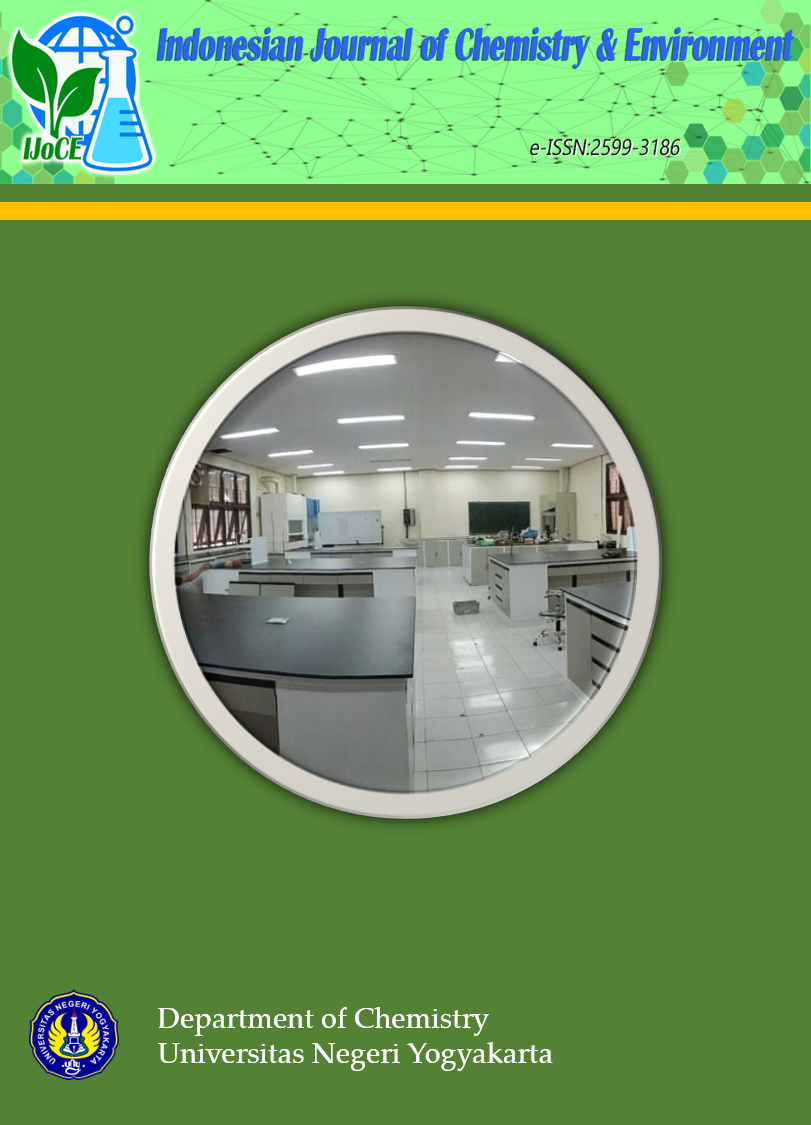Applications and Future Potential of X-ray Diffraction in Pharmaceutical Polymorphism: A Literature Review
DOI:
https://doi.org/10.21831/ijoce.v7i2.79071Abstract
Polymorphism in drug compounds is a significant phenomenon in pharmacy because it affects physicochemical properties such as solubility, stability, and bioavailability, which impact the effectiveness and safety of drugs. X-ray diffraction (XRD) is one of the methods that can be used to identify and analyze the polymorphic properties of drug compounds. This article reviews the utilization of XRD in various studies, showing that this method is effective for identifying polymorphism, detecting changes in crystal forms, monitoring crystalline phase transitions, and characterizing the formation of new crystalline phases. Although very useful, XRD has limitations in detecting amorphous phases and requires optimal sample preparation. For more comprehensive results, XRD is often combined with other techniques such as DSC and FTIR. Overall, XRD plays an important role in drug development and quality control, and this technology is expected to continue evolving, including its ability to directly monitor the crystallization process to enhance drug quality and stability.
Downloads
Published
2024-12-02
How to Cite
[1]
Dwiputra, R.R. et al. 2024. Applications and Future Potential of X-ray Diffraction in Pharmaceutical Polymorphism: A Literature Review. Indonesian Journal of Chemistry and Environment. 7, 2 (Dec. 2024), 93–103. DOI:https://doi.org/10.21831/ijoce.v7i2.79071.
Issue
Section
Articles
Citation Check
License
Authors who publish with this journal agree to the following terms:
- Authors retain copyright under a Creative Commons Attribution–ShareAlike License (CC BY SA) that allows others to share: copy, and redistribute the material in any medium or format, Adapt: remix, transform, and build upon the material, for any purpose, even commercially.
- Authors are able to enter into separate, additional contractual arrangements for the non-exclusive distribution of the journal's published version of the work (e.g., post it to an institutional repository or publish it in a book), with an acknowledgement of its initial publication in this journal.
- Authors are permitted and encouraged to post their work online (e.g., in institutional repositories or on their website) prior to and during the submission process, as it can lead to productive exchanges, as well as earlier and greater citation of published work.










